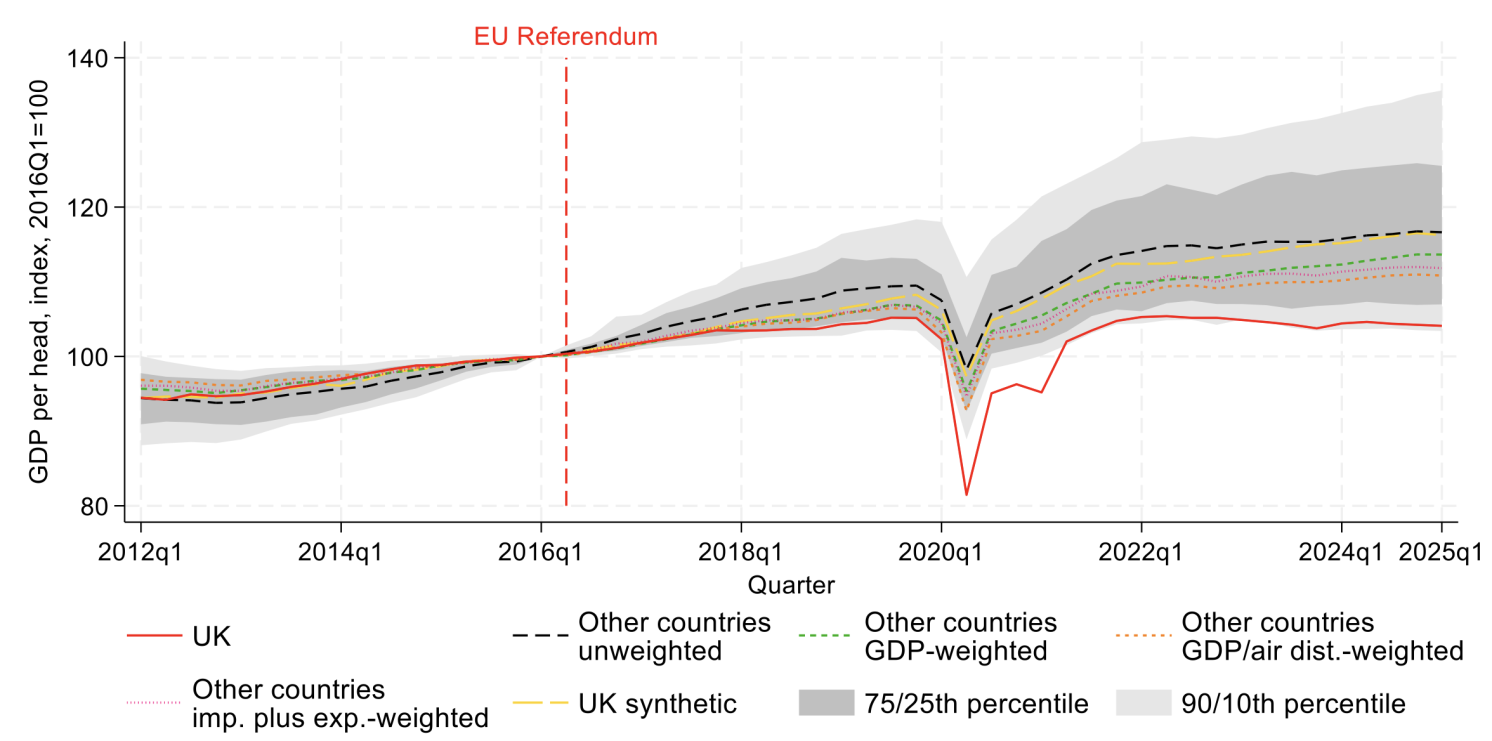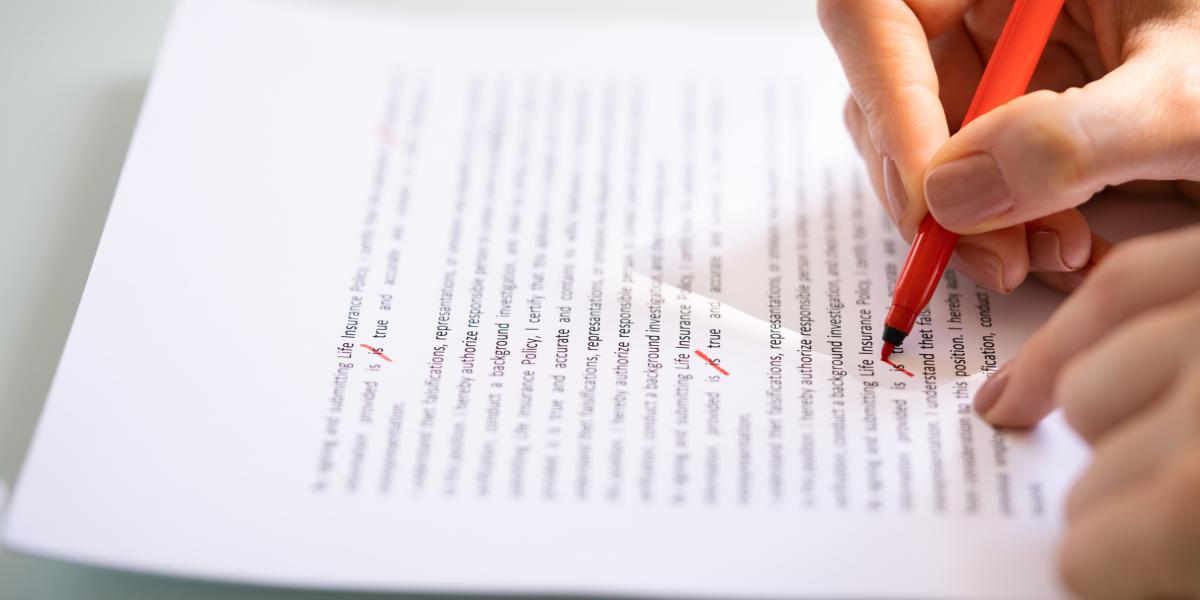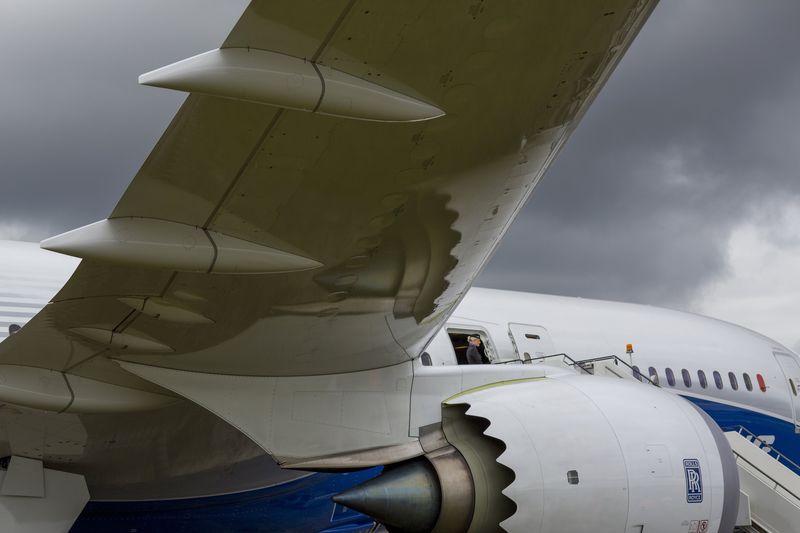© Reuters. An Alaska Airlines aircraft is pictured landing at the Benito Juarez Airport in Mexico City, Mexico December 7, 2017. REUTERS/Carlos Jasso/File Photo
By David Shepardson, Valerie Insinna and Tim Hepher
(Reuters) -U.S. regulators have ordered the temporary grounding of 171 Boeing (NYSE:) 737 MAX 9 aircraft for safety checks following a cabin panel blowout late Friday that forced a brand-new airplane operated by Alaska Airlines to make an emergency landing.
“The FAA is requiring immediate inspections of certain Boeing 737 MAX 9 planes before they can return to flight,” FAA Administrator Mike Whitaker said on Saturday. “Safety will continue to drive our decision-making as we assist the NTSB’s investigation into Alaska Airlines Flight 1282.”
A piece of fuselage tore off the left side of the jet as it climbed from Portland, Oregon, en route to Ontario, California, forcing pilots to turn back and land safely with 171 passengers and six crew on board. The plane had been in service for just eight weeks.
The Federal Aviation Administration’s decision falls well short of a full indefinite safety ban comparable to the grounding of all MAX-family jets almost five years ago, but deals a new blow to Boeing as it tries to recover from back-to-back crises over safety and the pandemic under massive debts.
Boeing’s best-selling model was grounded for almost two years following crashes in 2018 and 2019. The latest mishap also comes as Boeing and a major supplier are grappling with a succession of production or quality problems.
There were no immediate indications of the cause of the apparent structural failure, nor any reports of injuries.
Alaska Airlines had already started grounding dozens of the Boeing jets for safety checks.
As of Saturday morning, Alaska said in a statement that it had completed more than a quarter of the inspections and found no issues. It did not respond to a request for further comment.
According to tracking site FlightRadar24, Alaska Airlines had 101 cancellations on Saturday, or 13% of its scheduled flights, though it showed several of the jets were flying.
CEO Ben Minicucci said in a statement its fleet of 65 similar planes would be returned to service only after precautionary maintenance and safety inspections, which he expected to be completed in the “next few days.”
The National Transportation Safety Board said a team of experts in structures, operations and systems would arrive on the scene later on Saturday to begin an investigation.
Boeing said it was working to gather more information and was in contact with the airline.
Flight 1282 had reached just over 16,000 feet when the blowout happened, according to FlightRadar24.
“We’d like to get down,” the pilot told air traffic control, according to a recording posted on liveatc.net.
“We are declaring an emergency. We do need to come down to 10,000,” the pilot added, referring to the initial staging altitude for such emergencies, below which breathing is considered possible for healthy people without extra oxygen.
Social media posts showed oxygen masks deployed and a portion of the aircraft’s side wall missing. Passenger photos appeared to show that a section of the fuselage sometimes used for an optional rear mid-cabin exit door had vanished, leaving a neat door-shaped gap.
The extra door is typically installed by low-cost airlines using extra seats that require more paths for evacuation. However, those doors are permanently “plugged,” or deactivated, on jets with fewer seats, including those of Alaska Airlines.
The plane was delivered to Alaska Airlines in late October and certified in early November, according to FAA data.
Trade publication The Air Current, citing two people familiar with the situation, reported the affected aircraft had twice presented “spurious indications of pressurization issues” on Jan 4, a day before the blowout.
U.S. Transportation Secretary Pete Buttigieg said he had been briefed on the incident and that the FAA is supporting the investigation.
“Grateful to the flight crew that kept passengers safe during this terrifying incident,” he wrote on social media site X, formerly known as Twitter.
PRODUCTION SNAGS
“I can’t imagine what these passengers experienced,” said Anthony Brickhouse, an air safety expert at Embry-Riddle Aeronautical University. “The wind would be rushing through that cabin. It was a probably pretty violent situation, and definitely a scary situation.”
The incident shows the importance of passengers keeping their seatbelts buckled while seated in an airplane even if the fasten seatbelt light is off, Brickhouse said.
The 737 MAX was grounded for 20 months worldwide after two fatal crashes in 2018 and 2019 linked to poorly designed cockpit software killed 346 people in Ethiopia and Indonesia. Boeing is awaiting certification of its smaller MAX 7 and larger MAX 10.
Bloomberg News reported China’s aviation regulator was considering a response to the incident, including a possible new grounding of the Boeing MAX fleet in the country.
China was the first country to ground the MAX in 2019 and has yet to accept new deliveries amid wider U.S. trade tensions, though domestic MAX services resumed in January last year.
Last week, Boeing said it was urging airlines to inspect all 737 MAX airplanes for a possible loose bolt in the rudder control system.
The FAA said it was closely monitoring Boeing 737 MAX inspections and would consider additional action if more loose or missing hardware was found.
The fuselage for Boeing 737 planes, its most popular model, is made by Kansas-based Spirit AeroSystems (NYSE:), which separated from Boeing in 2005.
It was not immediately clear whether the door “plug” used to replace the door when not selected by airlines is also made by Spirit, nor whether the Alaska incident was related to factory processes or design. Spirit referred questions on the Alaska incident to Boeing.
Boeing did not immediately respond to a request for comments on how that part of the jet is assembled.





































